The American Sailing Association (ASA) is a leading organization in sailing education, providing a diverse range of courses for sailors of all levels to build their sailing skills. Whether you’re a complete novice wanting to take the first step and learn to sail or an experienced sailor looking to enhance your skills, the ASA offers comprehensive training that covers practical skills, safety, and navigation. These courses are conducted by certified instructors who are not only highly experienced but also passionate about teaching. The ASA’s programs are tailored to help you achieve your sailing goals confidently and safely, whether it’s leisurely sails along the coast or ambitious ocean crossings.
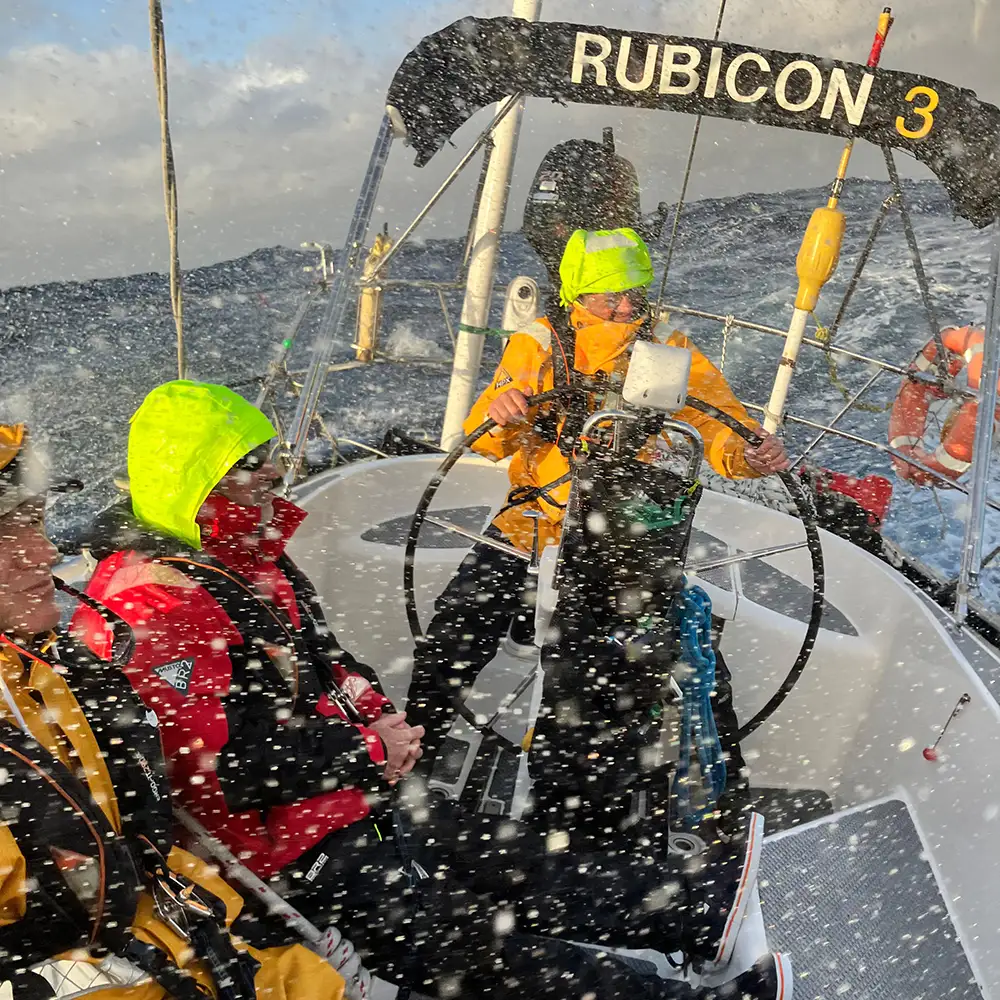
Key Takeaways
- The American Sailing Association (ASA) offers a comprehensive suite of courses, from foundational skills in the Basic Keelboat Sailing course (ASA 101) to advanced navigation and offshore sailing skills (ASA 106).
- Practical, hands-on learning is emphasized across all ASA courses with opportunities like multi-day cruising in the Bareboat Cruising course (ASA 104) and specialized training such as commanding catamarans (ASA 114).
- ASA continues to support traditional methods by including celestial navigation in their curriculum (ASA 107), ensuring that sailors are well-equipped with both ancient and modern navigational skills.
The ASA is recognised (almost!) worldwide
Since its inception in 1983, the American Sailing Association (ASA) has been instrumental in certifying nearly a million sailors. It offers sailing qualifications that are widely recognized and accepted in many sailing destinations across the globe. These destinations include the United States, the Caribbean, and Mediterranean countries such as Greece, Croatia, and Spain, as well as Australia and New Zealand. This acceptance is a testament to the ASA’s reputation for providing high-quality sailing education. Unfortunately, disagreements with the Royal Yachting Association (RYA) have hampered efforts to have ASA qualifications accepted in the United Kingdom.
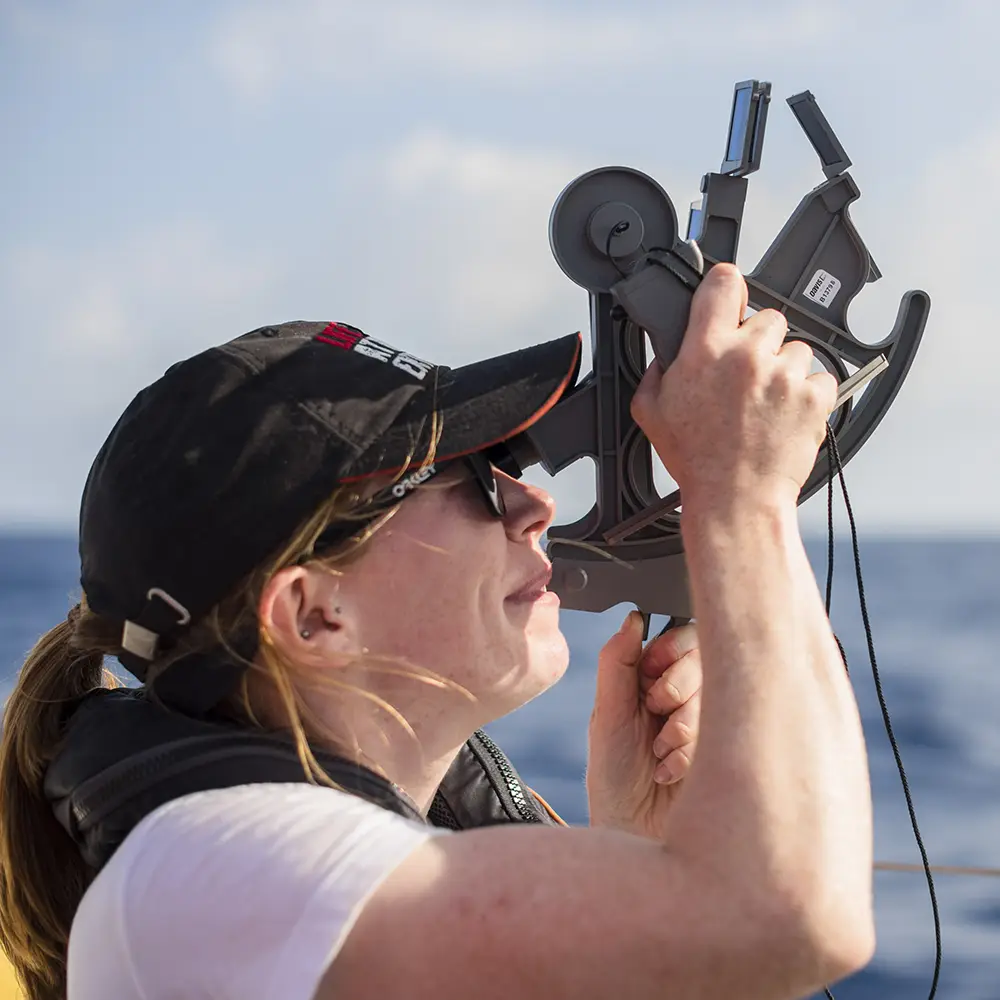
However, it’s essential to keep in mind that the level of ASA certification held and other factors such as additional experience on a sailing vessel and local laws can affect this acceptance, especially for activities such as chartering. Whether you plan to sail in Europe, where the sailing culture is strong, or in other global destinations, it’s recommended to directly check with local marinas, charter companies, or sailing clubs for any specific requirements or additional endorsements that may be necessary.
Taking a step further to encourage more people to learn, the ASA has now introduced ‘Bite Sized Lessons’ for its sailing schools. These lessons break down often complex sailing concepts into easily digestible chunks, making sailing lessons ever more accessible and fun for beginners. This is just the beginning of their efforts to make sailing more accessible for everyone.
Getting Started: ASA 101 – Basic Keelboat Sailing
The ASA journey begins with the ASA 101 Basic Keelboat Sailing course. This has an online introductory course combined with in person sailing instruction, equipping aspiring sailors with 52 essential skills, including sail handling, points of sail, and safety procedures. ASA 101 course is structured to optimize hands-on learning experiences. Spread over two consecutive days, the 15-hour course includes 3 hours in a classroom setting, allowing students to learn the necessary theory. There is comprehensive learning material to accompany the course, such as the textbook ‘Sailing Made Easy’, students are well-equipped to grasp the basics of sailing.
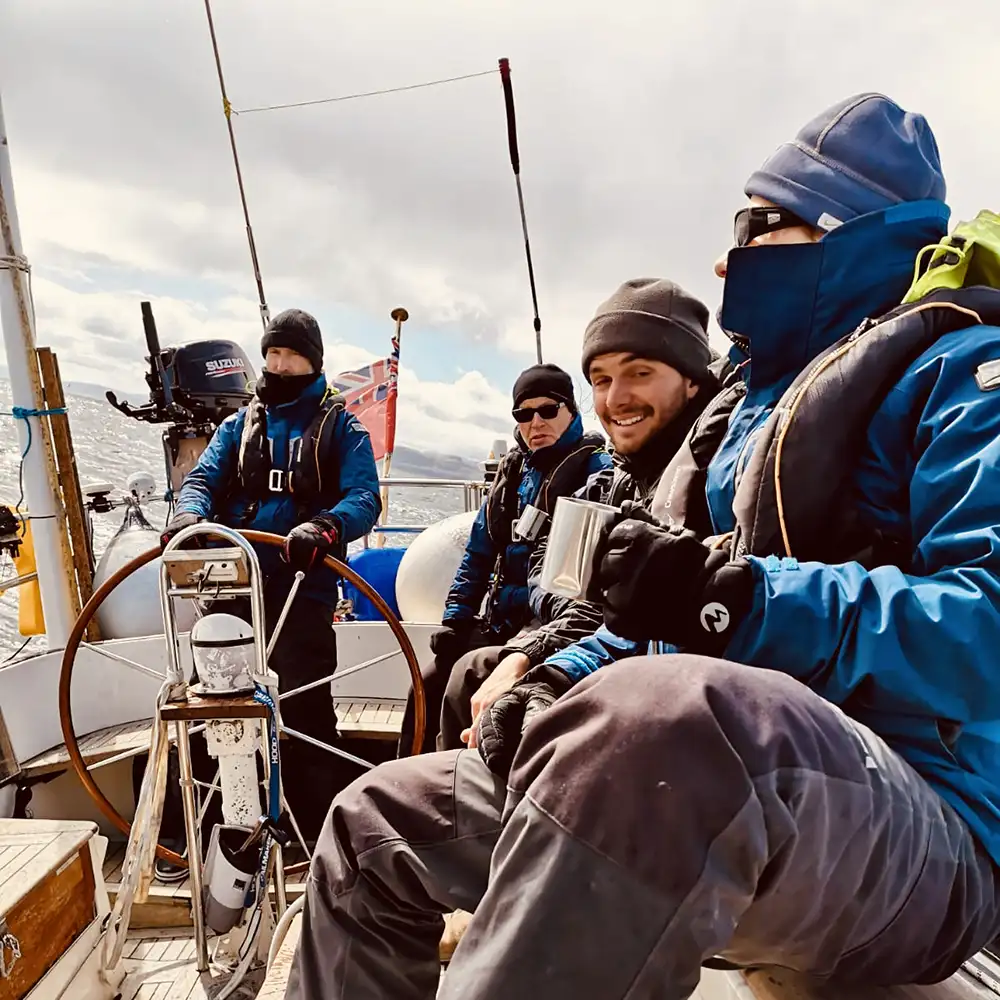
The next step: ASA 103 – Coastal Cruising
Building upon the foundational knowledge acquired in ASA 101, the ASA 103 course embarks on more advanced learning. This course is designed for new skippers wanting to sail larger boats along coastal waterways.
The practical elements of ASA 103 include:
- Maneuvering under power and sail
- Understanding and operating vessel parts
- Mastering anchoring procedures
- Essential knot tying
These skills are fundamental for handling a variety of situations while coastal cruising in both coastal and inland waters, as well as navigating through other inland waters.
Beyond these basic sailing techniques, ASA 103 incorporates emergency response training. Dealing with hypothermia, man-overboard recovery, and understanding fire prevention strategies are all part of the comprehensive curriculum.
Getting ready for a sailing vacation: ASA 104 – Bareboat Cruising
The ASA 104 Bareboat Cruising course takes sailing education a step further. Designed to equip sailors with the skills needed for chartering boats and multi-day cruises, the course covers everything from planning and executing a cruise to managing provisioning and understanding what personal gear to bring along.
In this course, you’ll learn key seamanship skills such as anchoring, docking, and the rules of the road (colregs). The course also emphasizes the use of various important knots you’ll find useful when bareboat cruising. The course has practical assessments where an examiner can assess your vessel maneuvering under power, man overboard recovery, navigation and pilotage. The course also covers the operation and maintenance of critical systems on a sailboat, such as diesel engines, toilets, and freshwater systems. The practical aspect of the course means you will be on board for at least 48 hours
Once you have your ASA 104 you would be qualified to join a more advanced Rubicon 3 Passage Making Masterclass.
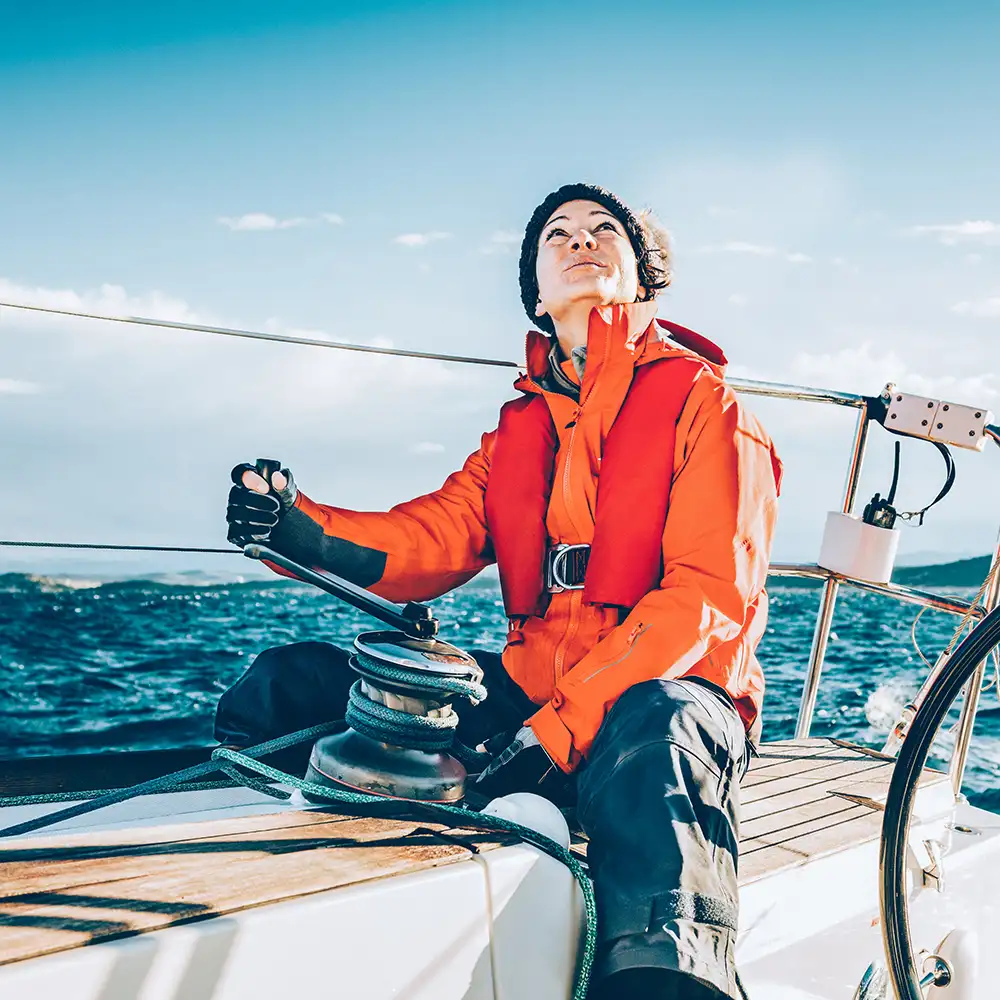
Offshore Passagemaking: ASA 106 – Advanced Coastal Cruising
The ASA 106 certification, also known as Advanced Coastal Cruising, is the next step in your sailing journey. Building on the ASA 101, 103, and 104 certifications, ASA 106 ensures that you have a solid foundation in sailing and a good level of proficiency before embarking on offshore passage making.
This course focuses on teaching:
- Nighttime sailing
- Advanced weather interpretation
- Tactics for handling heavy weather conditions
- Advanced navigation techniques, combining GPS and radar and more in depth collision avoidance strategies.
The course ensures you have proper training in the skills required to sail offshore.
ASA 106 also encompasses more comprehensive training in emergency preparedness. It teaches you how to manage a range of emergencies at sea, including dismasting, steering system failures, and urgent medical situations, ensuring that you’re prepared and can take part in this sport safely and with previously mysterious concepts made easy.
Once you have ASA 106, you will have the qualifications you need to act as Watch Leader on one of our offshore passages.
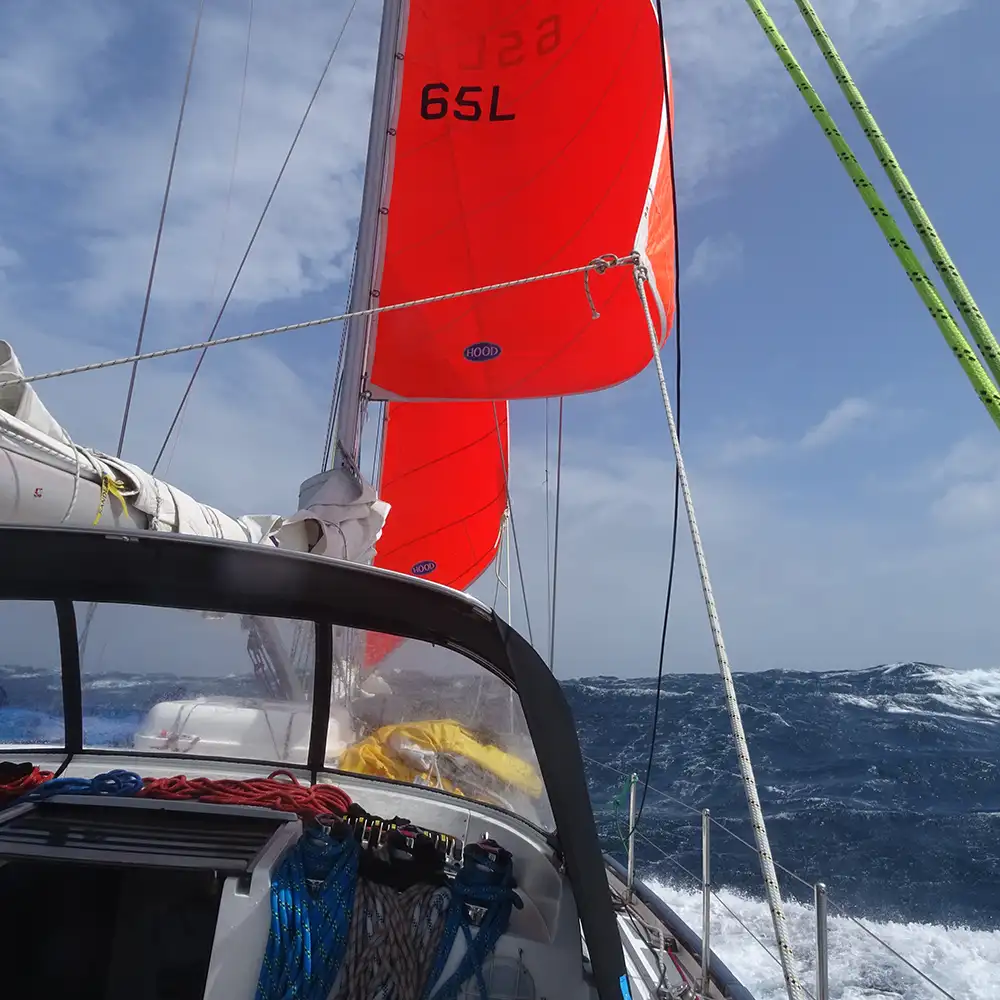
Navigating the Stars: ASA 107 – Celestial Navigation
ASA 107 introduces sailors to the traditional art of celestial navigation. You’ll learn to locate your position using just the celestial bodies like the sun, moon, planets, and stars, using just a sextant and clock. You’ll learn about the theory of celestial navigation, including understanding topics such as the celestial sphere, using the nautical almanac, and learning various sight reduction methods. By the time you finsh the course, you’ll know what we mean when we refer to index error, dip, refraction, parallax, and semi-diameter adjustments and many other terms. It’s great fun and allows you to safely navigate without your GPS.
Once you have ASA 107, you should think about joining us one one of our celestial only offshore passages and really put your skills to the test. We have the route from Spain’s Atlantic Coast to the Canaries or even our full celestial navigation only Atlantic Crossing!
Twin Hulls: ASA 114 – Cruising Catamaran
The ASA 114 certification is a specialized course for those who want to sail catamarans. This course focuses on the distinctive handling features and way of sailing catamarans.
Participants of the ASA 114 course will learn about:
- Catamaran terminology
- Different rigging methods
- Twin-engine maneuvering capabilities
- Crucial safety features particularly relevant sailing twin-hulled vessels
- Managing essential onboard systems like freshwater and fuel storage
- Emergency response procedures, preparing sailors for situations like capsizing, man overboard or single or multiple engine failures.
The course provides sailors with a comprehensive understanding of catamarans, and on completion you should be welcomed by charter companies to take out one of their vessels.
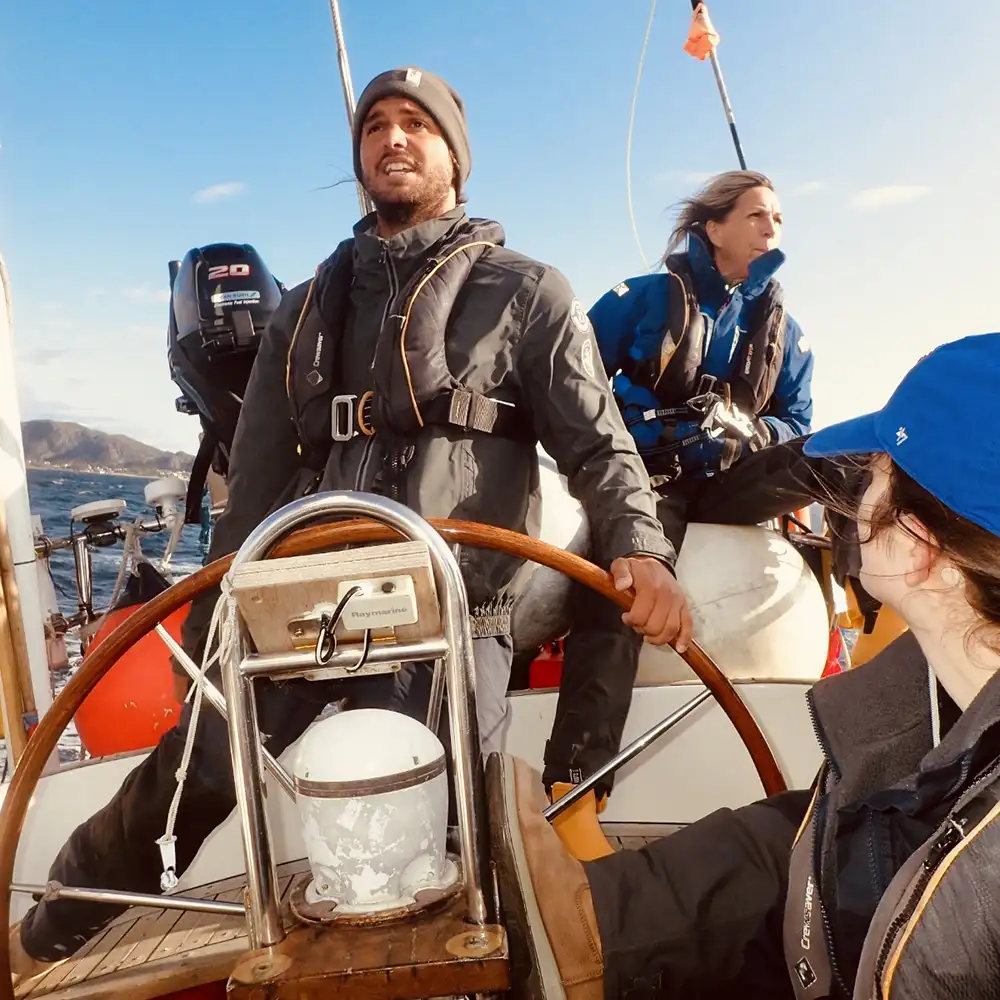
Summary
The American Sailing Association offers a really comprehensive range of courses and a great overall sailing education. They are a mix of theory and practical. Complete them and you’ll have the skills and knowledge needed for any number of sailing adventures. You’ll also find they’re a great way to make new friends!
Whether you’re a beginner looking to explore the world of sailing or an experienced sailor aiming to enhance your skills, there’s likely an ASA course that will. help you get to the next level.
Frequently Asked Questions
What does ASA 101 get you?
ASA 101 certification allows you to skipper a sloop-rigged keelboat of about 20 to 27 feet, in light to moderate winds and sea conditions. You will receive a Basic Sailing certificate upon completion of the course.
What is the difference between US sailing and ASA?
The main difference between US Sailing and ASA is that US Sailing is for racing, while ASA is for cruising. If you’re interested in racing, US Sailing may be the better option for you.
Do ASA certifications expire?
No, ASA certifications never expire, so you will have them for life as long as you have your logbook and student ID.
What can you do with ASA certification?
With ASA certification, you can charter a sailboat in many locations around the world and if you are boat owner, you may well get lower insurance rates for your sailboat. You will usually need ASA 104.
What are the ICC and IPC and do I need them?
The International Certificate of Competence (ICC) is a certification resulting from UN Resolution 40 (UNR40), recognized by countries that are signatories to this resolution. It acts as a credential showing that a sailor possesses the essential skills required for chartering. It is particularly relevant in European Union countries, where it may be a requirement for chartering a yacht. Since the United States has not signed UNR40, Americans cannot obtain an ICC from a US-based issuer.
While not all European countries mandate an ICC for chartering, many charter companies do prefer or require one, or a certificate of equivalent standing. Recognizing the challenge for US sailors to obtain an ICC, the American Sailing Association (ASA) offers the International Proficiency Certificate (IPC). This certificate attests to a sailor’s proficiency and is recognized by many Mediterranean charter companies as an equivalent to the ICC. Sailors aiming for an IPC must have ASA 101, ASA 103, and ASA 104 certifications and can apply online here, through ASA, for the IPC. As of 2018, countries accepting the ASA IPC include Belarus, Croatia, France, Greece, Poland, Portugal, Spain, and Turkey. It’s important for sailors to also have a detailed sailing resume and verify specific requirements with their chosen charter company.
If you have to have an ICC, your best route is to go through the Royal Yachting Association. However, you will likely need to take their 5 Day Skipper course to gain the certificate.